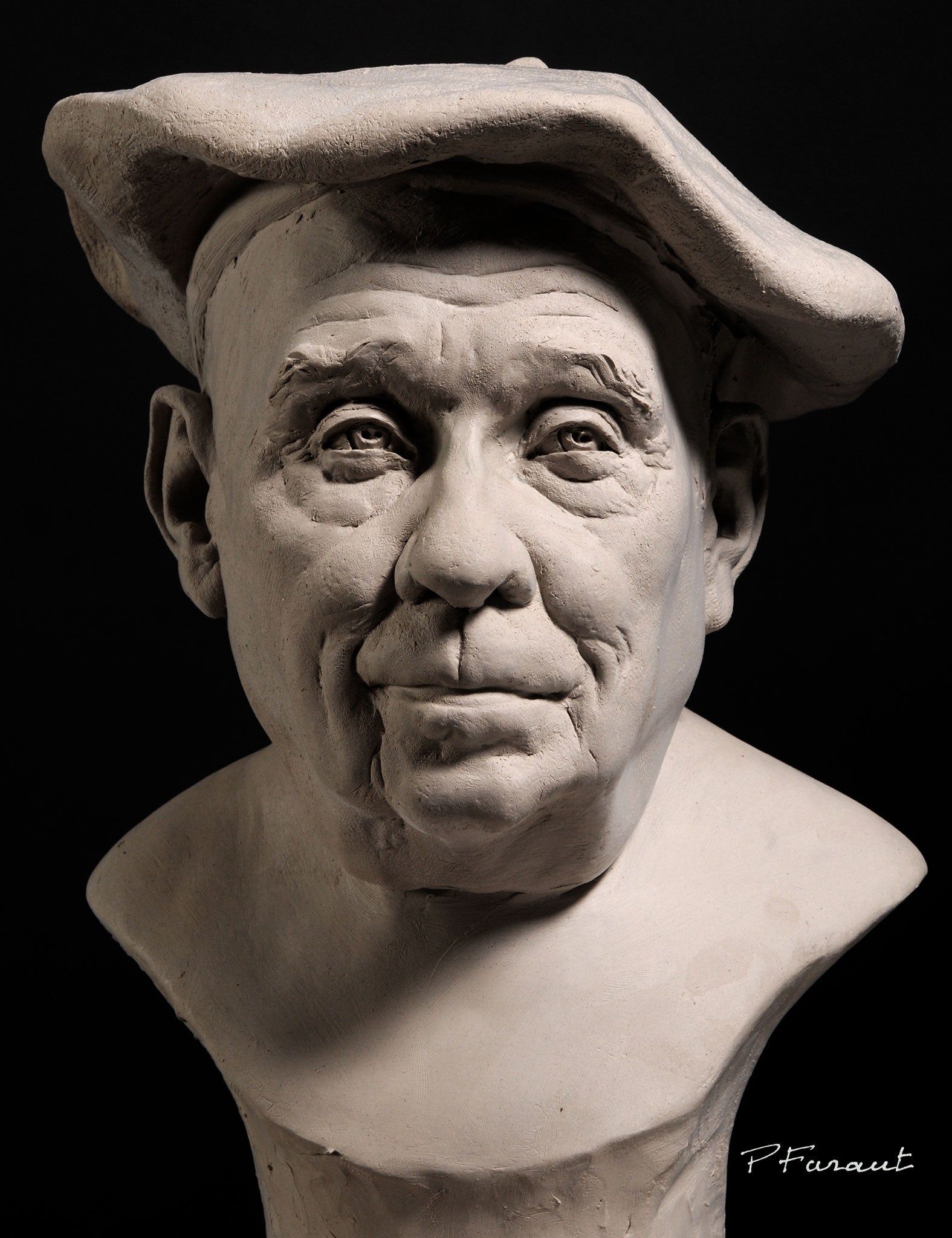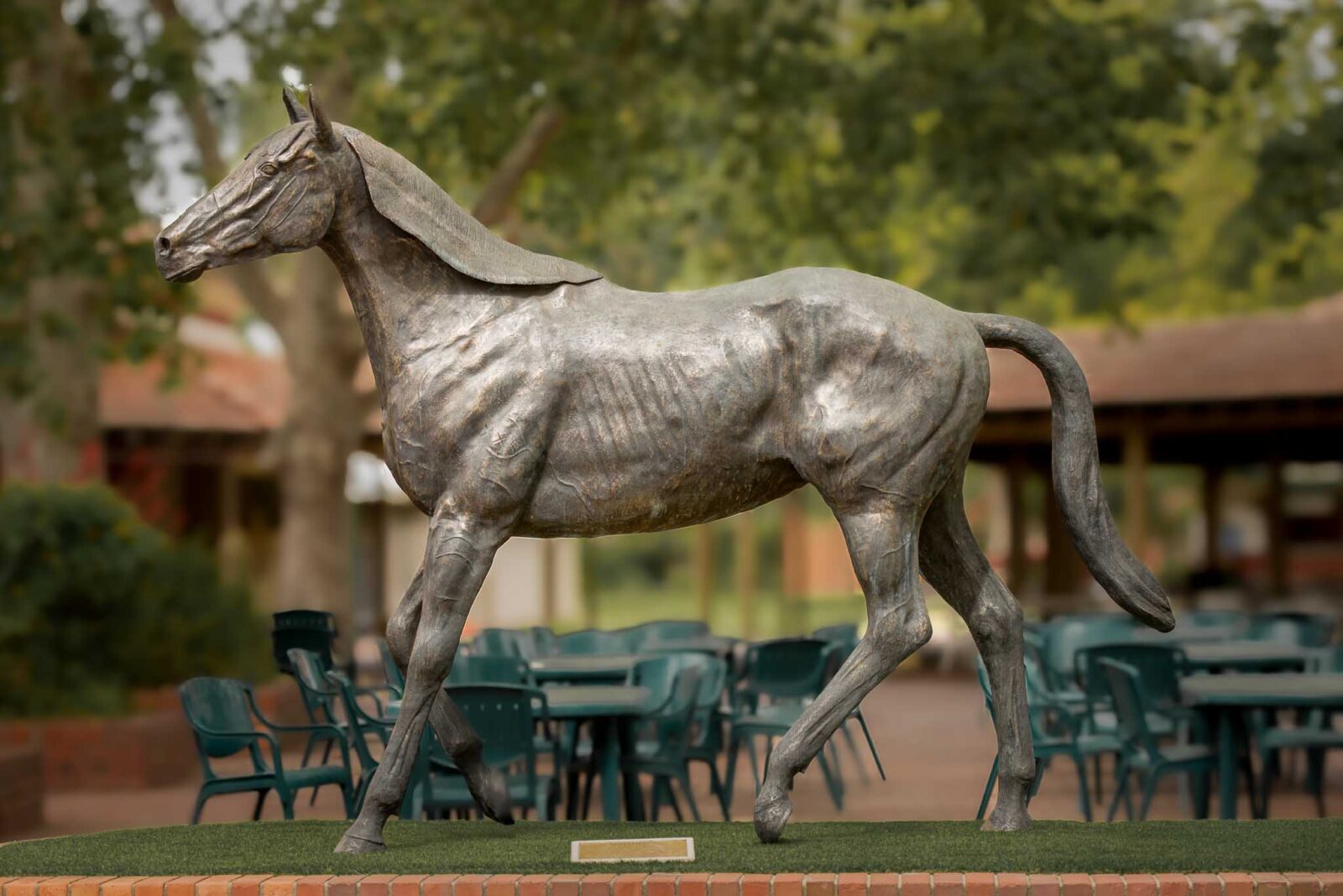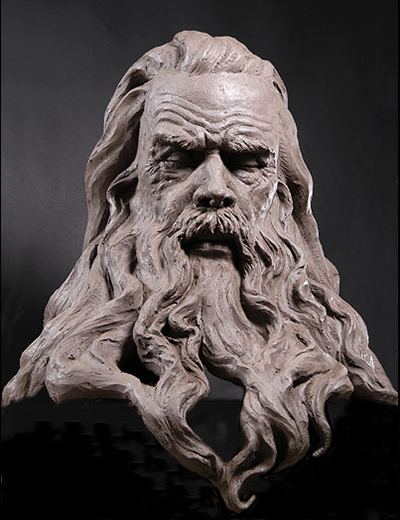Bronze Sculptures: Timeless Artistry Cast in Bronze
Wiki Article
The Impact of Nature in Sculpture Art
The impact of nature in sculpture art is a topic that has captivated artists throughout background. From old people to modern artists, the natural globe has actually offered as a profound resource of ideas. This impact appears in the organic forms and forms that are often located in sculpture, mimicking the contours and shapes of nature. Carvers also explore appearance and materials in their work, looking for to recreate the responsive high qualities of the natural globe. Meaning of natural environments is another means in which nature influences sculpture, as artists imbue their productions with the meaning and organizations integral in these aspects. The environment itself, with its landscapes, vegetation, and fauna, is frequently mirrored in sculptures, supplying a link to the world around us. Inevitably, sculpture art has the power to catch the transience of nature, cold a moment in time and allowing us to value its charm .Organic Types and Shapes
Organic forms and kinds, influenced by the complex patterns and harmonious structures found in nature, play a pivotal duty in the world of sculpture art. Carvers have actually long been mesmerized by the charm and complexity of the environment, finding inspiration in the elegant contours of a seashell, the delicate petals of a blossom, or the twisting branches of a tree. By imitating and extracting these natural forms, musicians have the ability to produce sculptures that evoke a feeling of harmony and balance.Among the factors organic kinds and shapes are so prevalent in sculpture art is their capacity to link with customers on a deep emotional degree. The environment recognizes to us all, and when we see these kinds represented in art, it evokes a feeling of comfort and acknowledgment. It reminds us of our area in the grand scheme of points and enables us to attach with something better than ourselves.
Additionally, natural types and forms in sculpture art typically embody a sense of motion and energy. The streaming lines and vibrant structures mimic the continuous motion and growth located in nature. This creates a feeling of vigor and brings sculptures to life, making them look like if they can remain to alter and develop prior to our eyes.
Texture and Material Expedition
A significant element of sculpture art affected naturally is the exploration of structure and products through the usage of numerous techniques and tools. Artists typically attract inspiration from the diverse structures located in the all-natural world, such as the rough bark of a tree, the smooth surface of a stone, or the detailed patterns on a leaf. By incorporating these structures into their work, carvers can develop a responsive experience for viewers, inviting them to engage with the artwork on a sensory level.Structure can be accomplished in sculpture through a variety of techniques. Some musicians pick to carve or form directly right into the selected material, creating a three-dimensional surface area that resembles the appearances discovered in nature - Figurative Sculptures.
Material exploration is likewise a considerable part of sculpture art influenced by nature. They might include all-natural aspects like branches, leaves, or even soil into their sculptures, obscuring the borders in between art and the atmosphere.
Significance of Natural Components
The incorporation of natural environments in sculpture art includes a layer of importance and deepness to the art work. By making use of web link products located in nature, carvers are able to imbue their developments with definition that resonates with visitors on an extensive level. Natural environments such as timber, rock, and plants have been used throughout history to communicate numerous symbolic messages.Timber, for example, frequently represents durability, strength, and development. Sculptures crafted from this material can stimulate a sense of link to the earth and the cycles of life. Rock, on the other hand, is often connected with durability and endurance. Sculptures sculpted from stone can represent the timeless nature of specific ideas or ideas.
Plants and flowers are also regularly incorporated into sculpture art, standing for themes of growth, revival, and elegance. The fragile petals and dynamic shades of blossoms can stimulate feelings of delight, while the linking branches of plants can signify interconnectedness and unity.
In addition to these natural materials, carvers might likewise make use of all-natural elements such as fire, wind, or water to better boost the symbolic message of their artwork. These elements can stand for the transformative power of nature, the flow of time, or the pressures that form our globe.

Representations of the Atmosphere
Representations of the Environment can be seen in sculpture art with the unification of natural aspects and the representation of ecological styles. Artists typically attract inspiration from the environment, utilizing products such as timber, stone, or even recycled products to develop their artworks. By utilizing these natural environments, they not just pay homage to the atmosphere however additionally produce a more powerful connection in between the artwork and its surroundings.In addition to the products made use of, sculpture art also reflects the atmosphere with the representation of eco-friendly motifs. Several sculptors choose to portray animals, plants, or landscapes in their work, highlighting the appeal and frailty of the environment. These sculptures act as reminders of the significance of protecting our atmosphere and the requirement for sustainable methods.

Furthermore, ecological sculptures often intend to raise understanding regarding pressing eco-friendly concerns. They work as visual representations of the influence of human tasks on the atmosphere, such as environment, contamination, or deforestation change. By showing these problems in their artwork, carvers wish to motivate audiences to do something about it and come to be a lot more conscious of their very own environmental impact.
Capturing the Transience of Nature
Sculpture musicians better check out the influence of nature by masterfully capturing the ever-changing and ephemeral aspects of the all-natural world. Via their virtuosity, these musicians intend to depict the short lived beauty and transience of nature, stimulating a feeling of wonder and reflection in audiences.One method which sculpture artists catch the transience of nature is by utilizing products that are themselves based on decay and adjustment. For instance, musicians may select to work with organic products such as fallen leaves, flowers, or timber, which naturally wear away over time. This purposeful selection highlights the impermanence of nature and reminds us of the inescapable cycle of life and fatality.
Additionally, sculpture artists usually employ methods that develop a feeling of movement and fluidity in their work. By including flowing lines and dynamic types, they share the ever-changing nature of the environment. This can be seen in sculptures inspired by wind, water, or the growth of plants, where the artist looks for to capture the essence of constant movement and improvement.
In addition, some musicians choose to create site-specific or short-term setups that engage with the setting. These ephemeral sculptures, made from products such as sand, light, or ice, are purposefully made to progressively go away or change in time. By embracing the transient nature of their creations, artists welcome visitors to review the short lived elegance of the all-natural globe and the brevity of human existence.

Conclusion
In conclusion, nature has a profound impact on sculpture art (Figurative Sculptures). Structure and product exploration even more boost the connection to nature, as musicians frequently include natural materials right into their sculptures.
Importance of natural aspects is an additional way in which nature affects sculpture, as musicians imbue their creations with the significance and organizations inherent in these elements.A considerable facet of sculpture art affected by nature is the exploration of structure and products through the use of various methods and tools (Equine Sculptures).Material exploration is likewise a considerable component of sculpture art affected by nature.One way in which sculpture artists capture the transience of nature is by using materials that are themselves subject to decay and modification. Structure and product expedition further enhance the connection to nature, as artists frequently incorporate natural materials into their sculptures
Report this wiki page